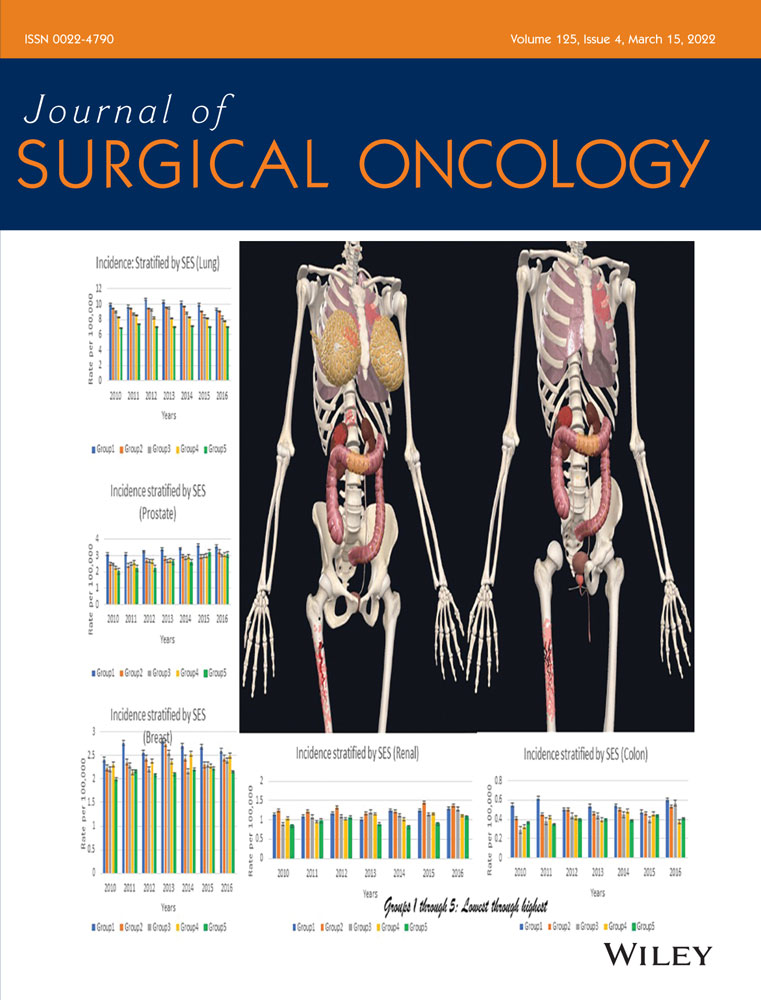The aborted Whipple: Why, and what happens next?
Abstract
Background
For patients with periampullary adenocarcinoma (PAC), pancreatoduodenectomy (PD) provides the best survival. Surgery on a subset of patients is aborted during PD. We analyzed these patients.
Methods
Patients who underwent laparotomy for planned PD for PAC were identified (2006–2019). From operative notes, we identified the subset with intraoperative decision to abort. Patient, treatment, and outcome data were analyzed. The subset with pancreatic ductal adenocarcinoma (PDAC) was analyzed for survival.
Results
Only 6.7% (n = 55/819) of cases were aborted. Majority 78% (n = 43) had pathologically-confirmed diagnoses at time of surgery, and 18.2% (n = 10) received preoperative chemotherapy. Reasons for aborted PD included: distant metastases (65.5%, n = 36) and local invasion (34.5%, n = 19). Of patients with metastatic disease, 75% (n = 27) had liver metastases. Eighty-nine percent (n = 49) of patients underwent at least one palliative bypass procedure and 81.8% (n = 45) had both gastric and biliary bypass. Patients with computed tomography (CT) scans before surgery more commonly had missed metastatic disease (79.2% CT compared to 54.8% magnetic resonance imaging [MRI], χ2 = 3.54, p = 0.059). In PDAC, 61.4% (n = 27/44) were aborted for metastatic disease and 38.7% (n = 17/44) for local invasion. Median overall survival for all PDAC patients after aborted PD was 334 days.
Conclusion
Majority of pancreatoduodenectomies for periampullary adenocarcinoma are done to completion. Liver metastases is the most common reason for aborting. Preoperative MRI may help identify hepatic metastases.
Open Research
DATA AVAILABILITY STATEMENT
The data that support the findings of this study are available from the corresponding author upon reasonable request.




